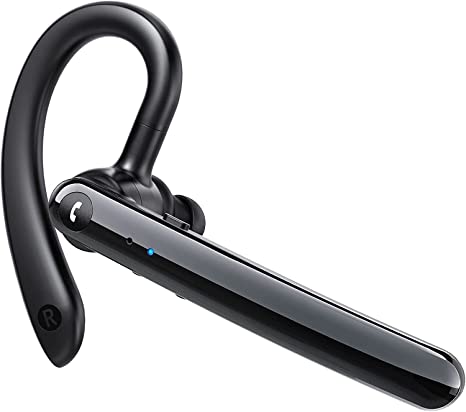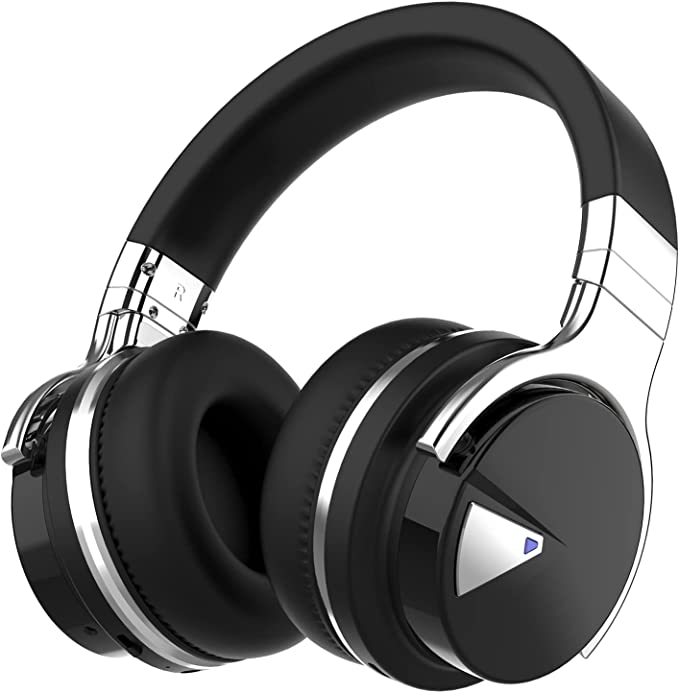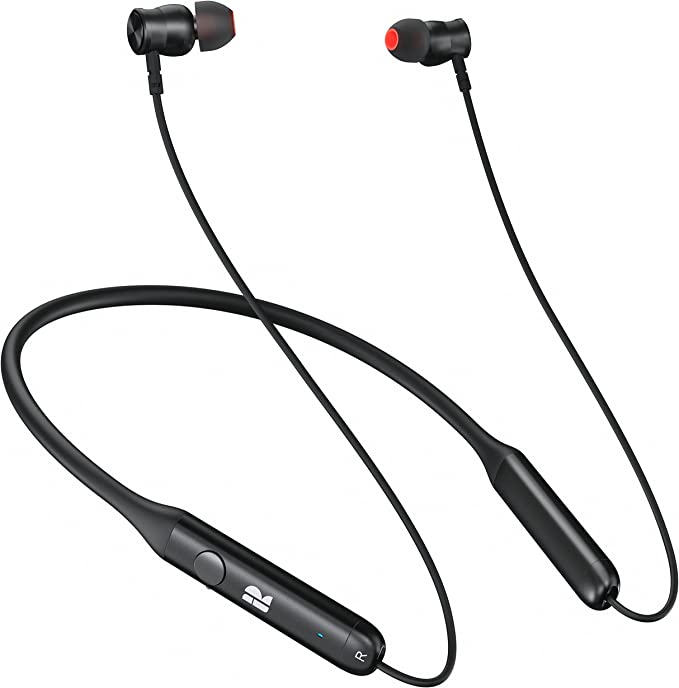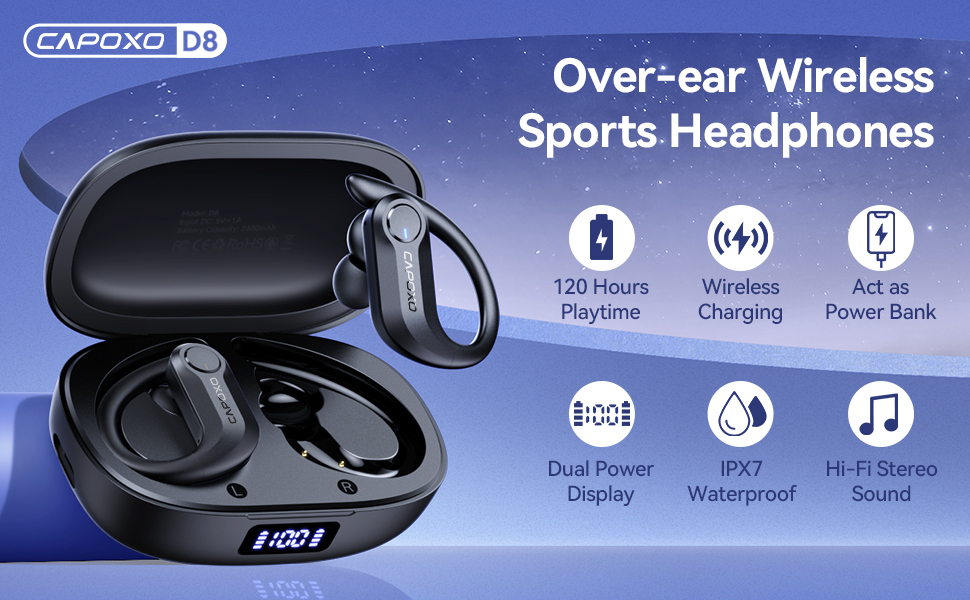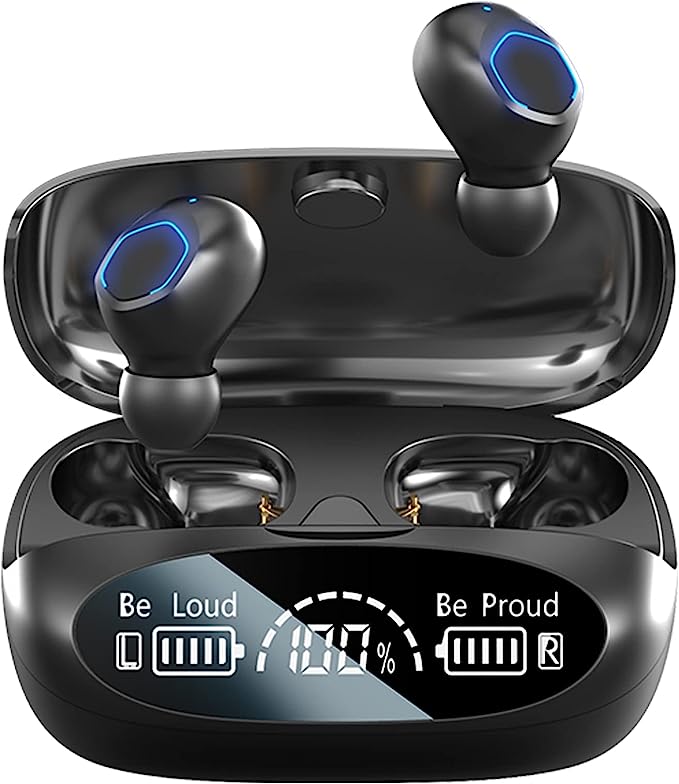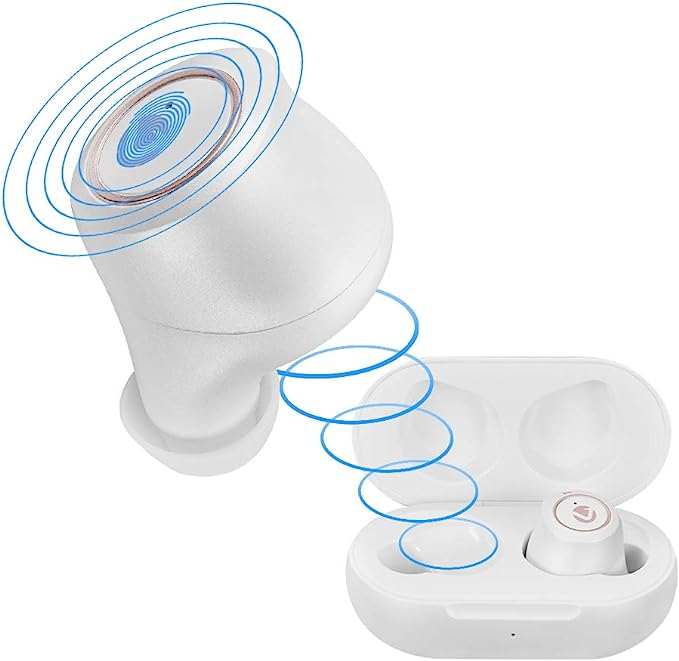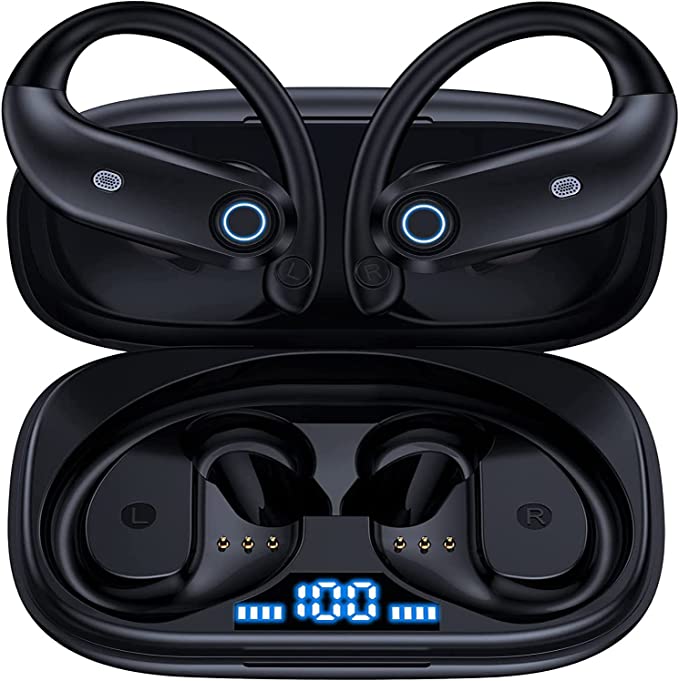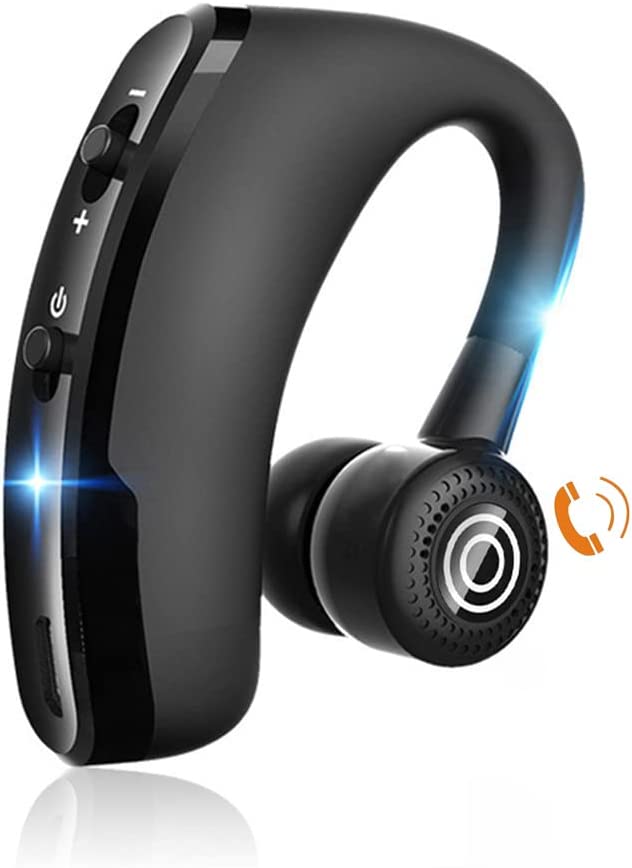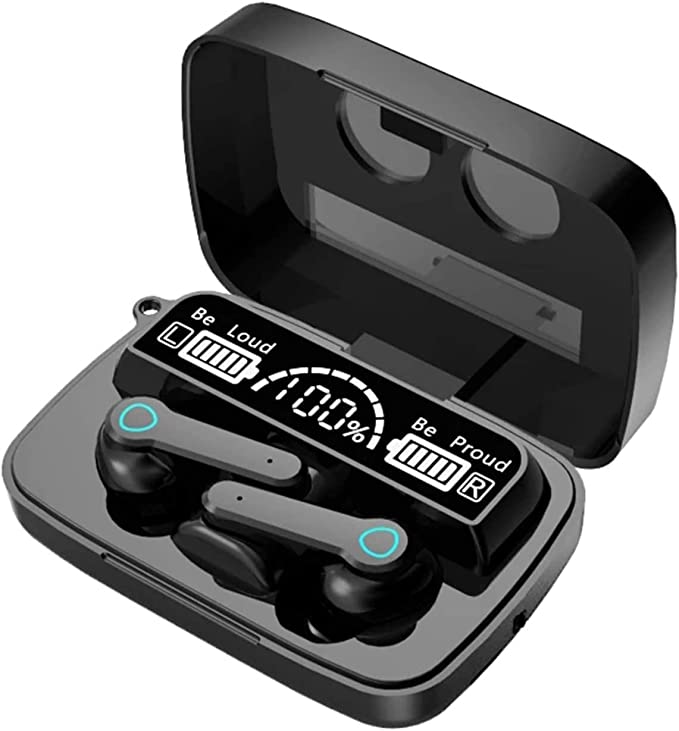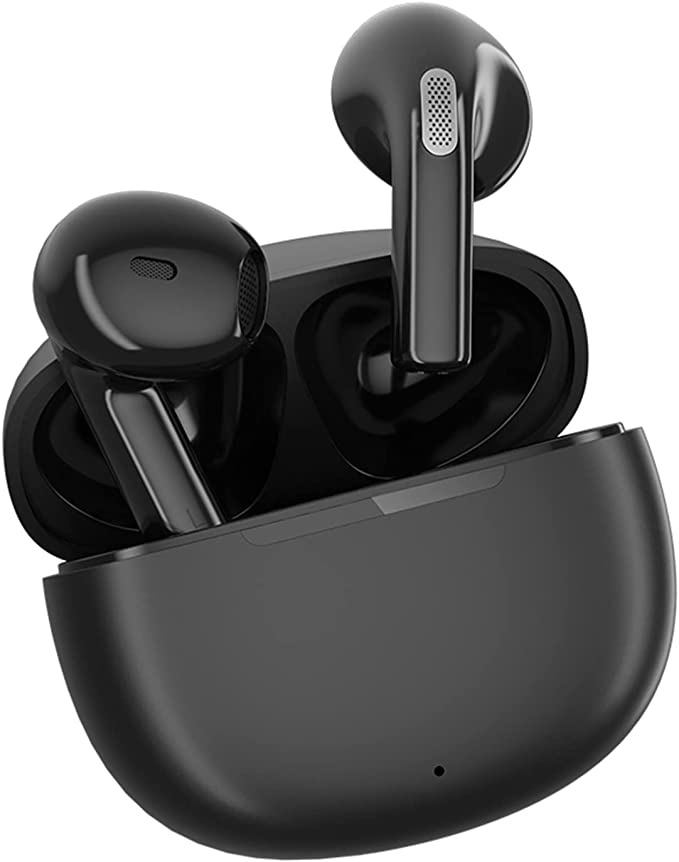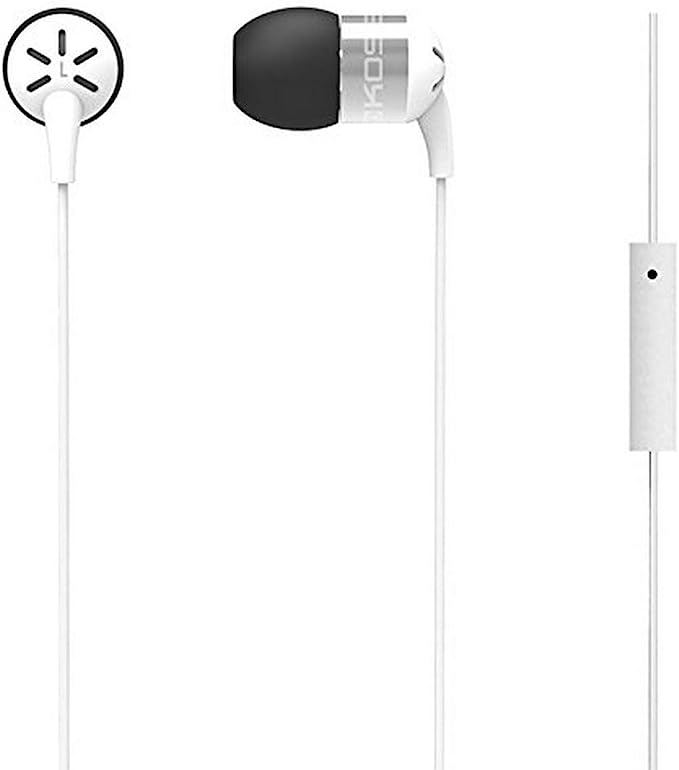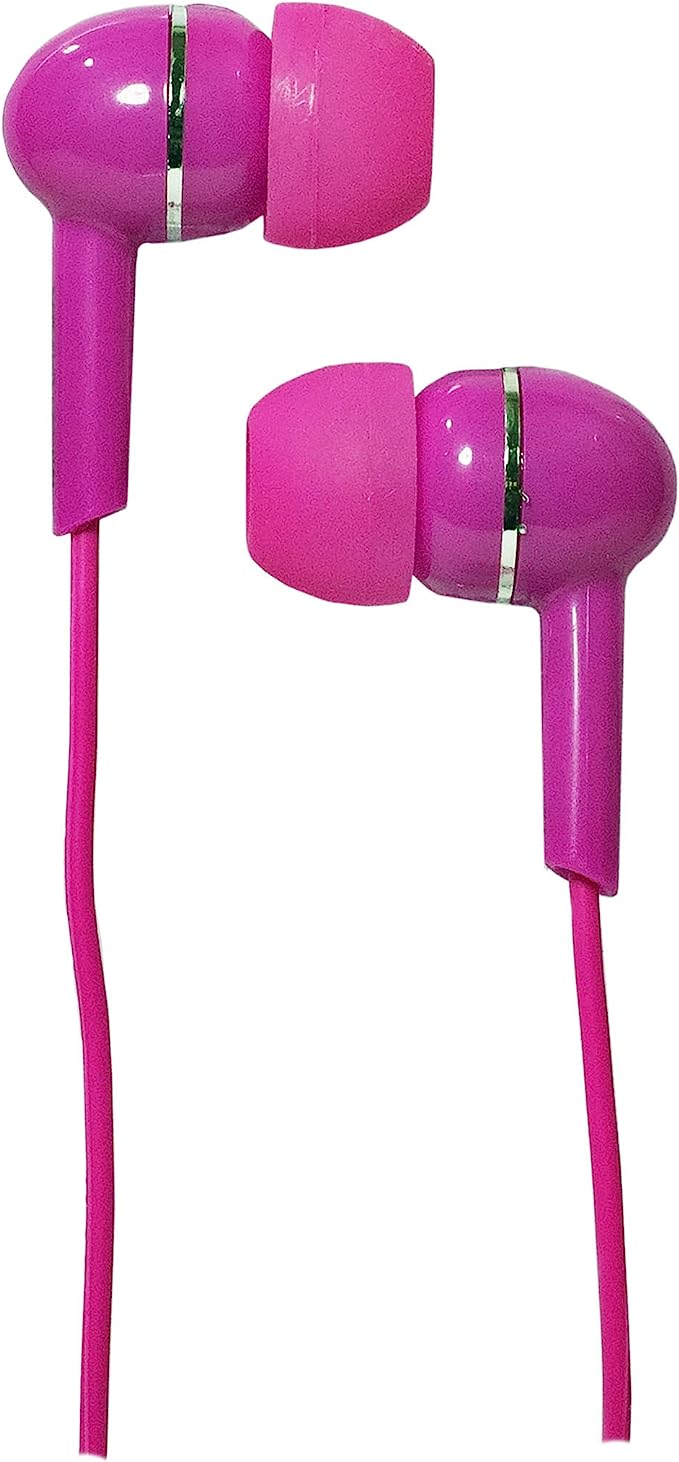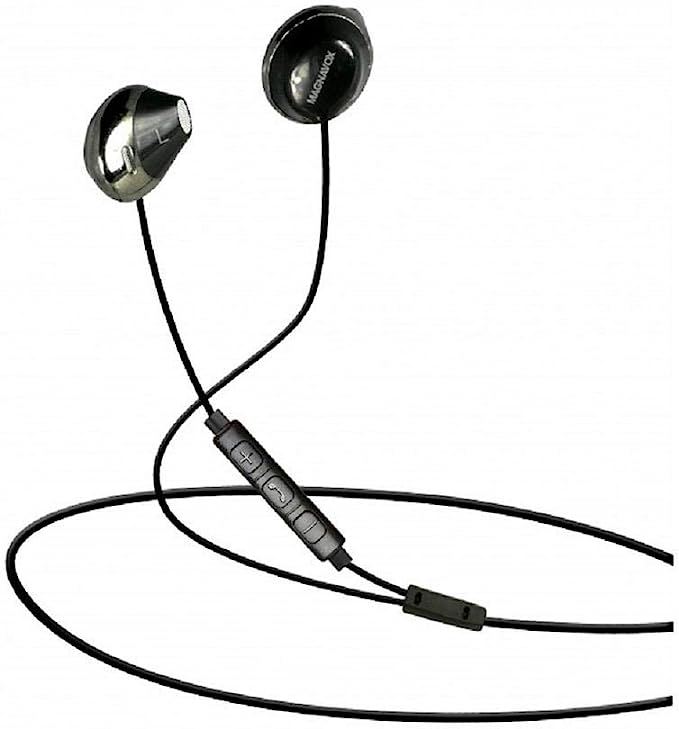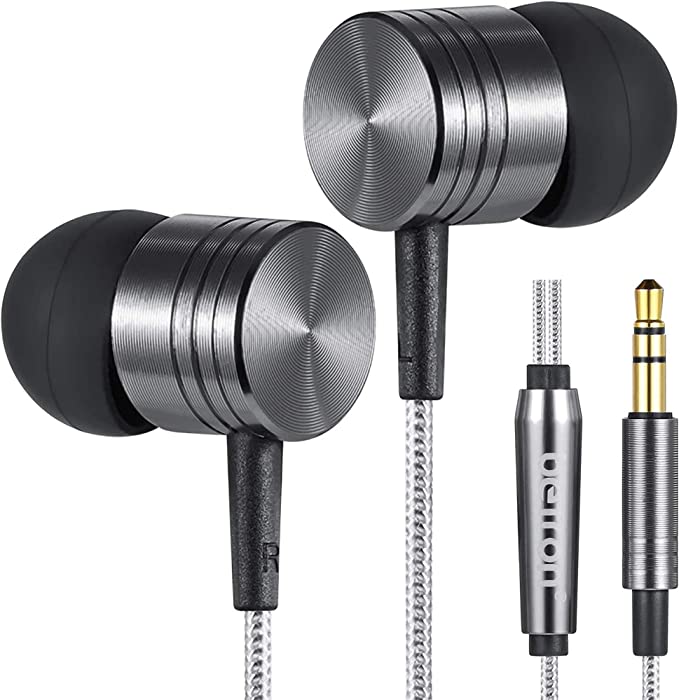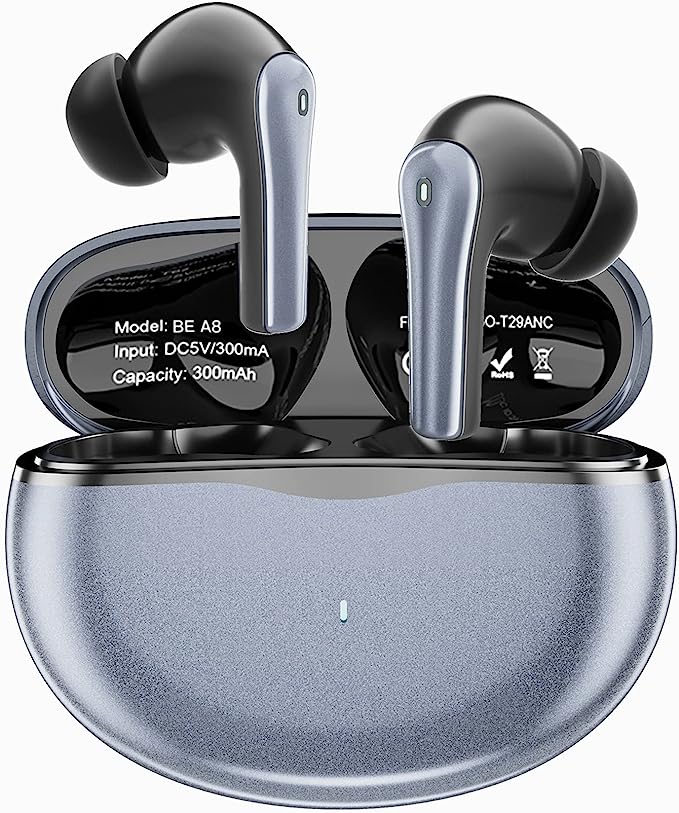The Spec Sheet Trap: Deconstructing Why 'Too Good to Be True' Earbuds Often Fail
Update on Nov. 14, 2025, 5:11 p.m.
In the sprawling digital marketplace, consumers are constantly navigating a minefield of promises. Nowhere is this more true than in the world of budget electronics. You’ve likely seen them: wireless earbuds boasting a spec sheet that rivals flagship models—triple-digit battery life, the latest Bluetooth version, advanced audio features—all for a price that seems too good to be true. And often, it is.
This phenomenon, the “spec sheet trap,” is a masterclass in marketing over engineering. But why do these products, which look so promising on paper, often result in a litany of user complaints ranging from abysmal battery life to catastrophic physical failures? To understand this, we must look beyond the bullet points and deconstruct the hidden engineering trade-offs and quality control gambles that define this ultra-budget category. Using a product with a starkly polarized user experience like the Fanadith M90 Pro as a case study, we can illuminate the potential pitfalls.

The Battery Myth: Capacity vs. Quality and Management
A common headline feature is an astronomical battery life, like the M90 Pro’s claim of a 66-hour total playtime backed by a massive 1200mAh charging case. On the surface, the math seems sound. However, the real-world performance of a battery system is governed by far more than just its milliampere-hour (mAh) rating.
1. The Unseen Component: The Battery Management System (BMS): Every lithium-ion battery system relies on a tiny circuit board called a BMS. This is the battery’s brain, responsible for managing charging rates, preventing over- and under-charging, and balancing the cells. In ultra-budget products, manufacturers often use the cheapest possible BMS chips with poor efficiency and rudimentary safety features. This can lead to:
* Inefficient Charging: A significant portion of energy is lost as heat during the charging process, meaning the earbuds never receive the full advertised capacity.
* Poor Power Regulation: The system may fail to accurately report remaining power or shut down prematurely.
* Rapid Degradation: Low-quality cells paired with a poor BMS can lose their ability to hold a charge much faster than their premium counterparts.
This is why a user might find their earbuds dying after just a couple of hours, despite a spec sheet promising more than double that. The capacity was there, but the system to manage it was fundamentally flawed.
2. The Power Bank Gamble: The feature of using the case to charge a phone is another red flag. While appealing, it puts immense strain on a budget BMS not designed for the high-current output required for phone charging. This can lead to overheating and can permanently damage the case’s battery, a phenomenon reflected in user reports of cases that stop charging the earbuds altogether unless the case itself is plugged in.

The Connectivity Illusion: Why “Bluetooth 5.3” Isn’t a Guarantee
Seeing “Bluetooth 5.3” on a spec sheet inspires confidence, suggesting a modern, stable connection. However, the version number is only one part of a complex equation. The actual performance of a wireless link depends heavily on two often-overlooked components where corners are frequently cut:
1. Antenna Design and Implementation: An antenna is not just a piece of wire; its shape, placement, and tuning are critical for performance. In ultra-compact earbuds, designing an efficient antenna is a significant RF engineering challenge. Budget manufacturers often use poorly designed or poorly placed antennas that are easily detuned by the proximity of the user’s body (the “head shadowing” effect). This results in a weak, unstable connection that is prone to dropping out, a common complaint among users of budget earbuds.
2. Firmware and Software Bugs: The software that runs on the Bluetooth chip—the firmware—is responsible for managing the connection. Poorly written or inadequately tested firmware can be riddled with bugs that cause random disconnects, pairing issues, and audio glitches. A user reporting that their earbuds “just unpaired from my phone by itself” is almost certainly experiencing a firmware-level fault, not an issue with the Bluetooth standard itself.
The Durability Gamble: A Race to the Bottom on Materials and Assembly
Perhaps the most common failure point for budget electronics is physical durability. User reports of the M90 Pro “falling apart” upon opening or breaking after a single short drop onto carpet are stark indicators of compromises in material science and manufacturing processes.
- Material Choice: Premium products often use robust materials like ABS or polycarbonate plastics. Ultra-budget products may use cheaper, more brittle plastics that are susceptible to cracking from minor impacts or even stress from daily use.
- Assembly and Quality Control (QC): The way a product is put together is just as important as the materials used. In a race to lower costs, assembly lines may have poor quality control, resulting in improperly glued seams, loose internal components, and weak hinge mechanisms. A user finding their charging case “falling apart” right out of the box is a direct symptom of a failure in the QC process.
This is why an earbud can simply stop working after a minor fall. It’s not necessarily that the core electronics are damaged, but a critical internal connection may have shaken loose due to a poor solder joint or inadequate internal support—failures that rigorous testing would have caught.

Conclusion: How to Read Beyond the Spec Sheet
The allure of a feature-packed, low-cost gadget is powerful. But as the case of many “too good to be true” earbuds demonstrates, the spec sheet is only the beginning of the story. The true quality of a device lies not just in the components it claims to have, but in the quality of those components, the intelligence of its internal systems, and the rigor of its manufacturing.
This is not to say that all budget earbuds are bad. Many offer incredible value by making smart trade-offs. But as a consumer, it’s crucial to approach headline-grabbing specifications with a healthy dose of engineering skepticism. Look for patterns in user reviews that point to systemic failures—battery life, connectivity, and build quality are the three canaries in the coal mine. Understanding the science behind these potential failure points empowers you to look beyond the trap of the spec sheet and make a truly informed decision.
